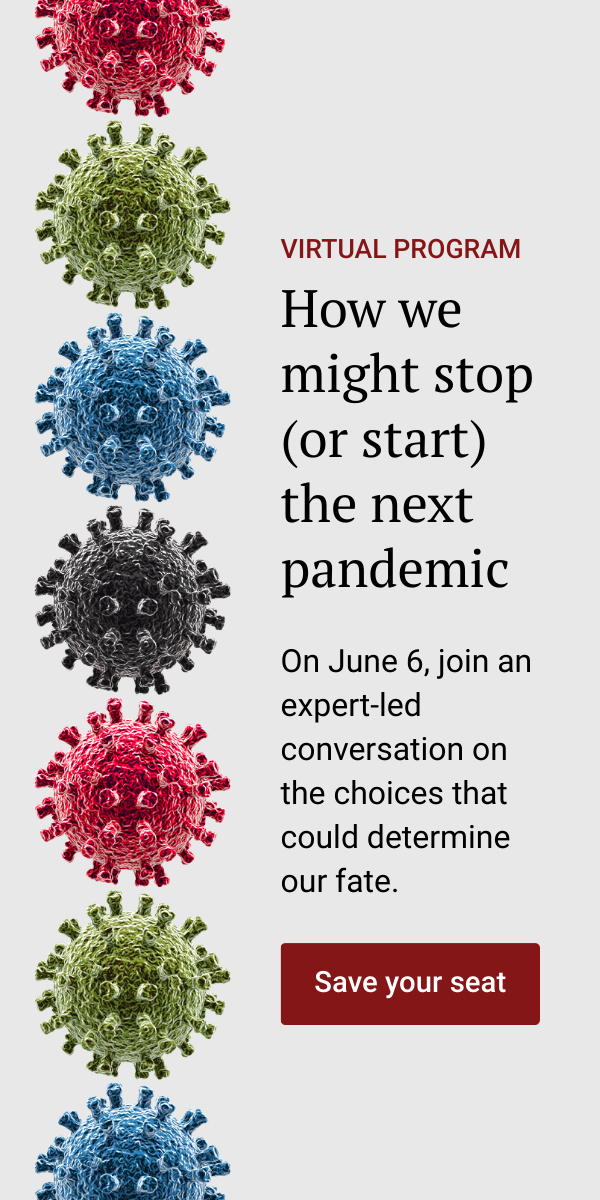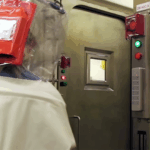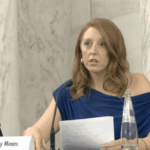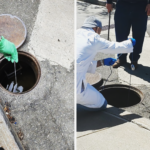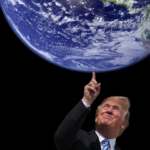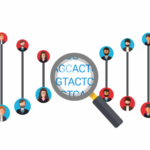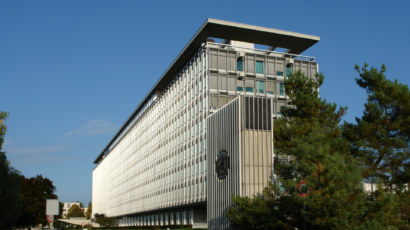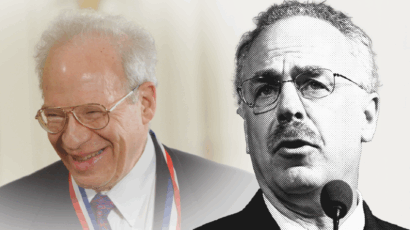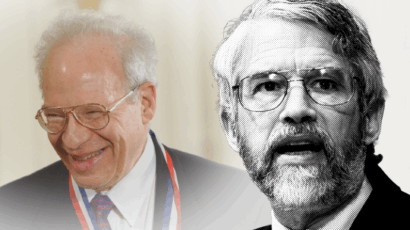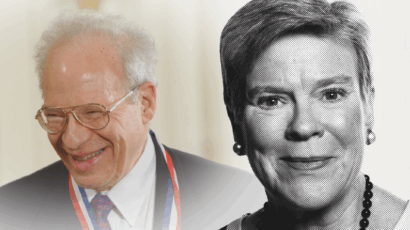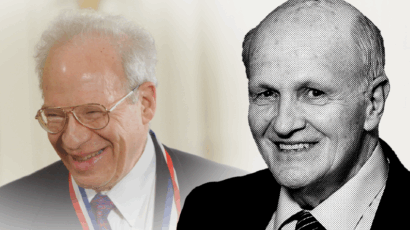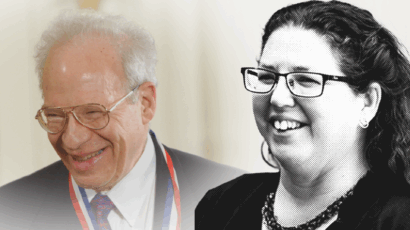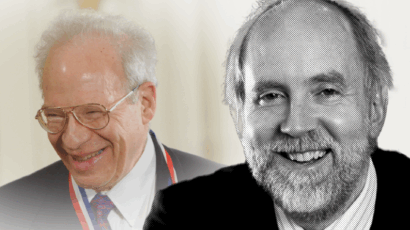Young people will be key to preventing the next pandemic
By Kirsten Angeles, Jose Garza-Martinez, Yorgo El Moubayed, Shrestha Rath, Jon Arizti Sanz | May 23, 2025
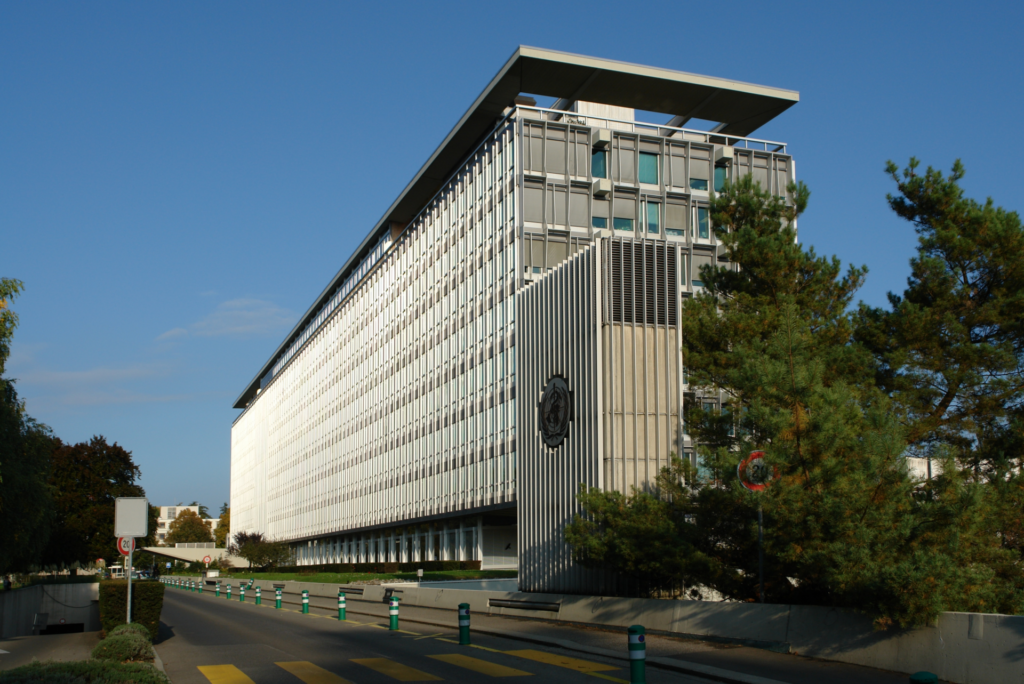 The World Health Organization (WHO) headquarters. Credit: ©Yann Forget / Wikimedia Commons / CC-BY-SA.
The World Health Organization (WHO) headquarters. Credit: ©Yann Forget / Wikimedia Commons / CC-BY-SA.
Though countries across Africa, Asia, and Latin America, sometimes collectively called the Global South, are increasingly central to scientific research, disease surveillance, and public health innovation, they historically have had little say in the shaping of policies meant to keep international health crises at bay. They were to provide the pathogen samples, for example, so that wealthier countries could develop vaccines. Poorer countries, though, couldn’t expect equitable access to the knowledge and medicine that came from their contributions. During health scares, they have been last in line for access to life-saving technologies.
The COVID-19 pandemic laid bare the implications of this inequality: By late 2021, high-income countries, for example, were averaging more than one vaccine dose per person while low-income countries were administering fewer than four doses per hundred people. And while wealthy countries could develop and distribute vaccines, the African continent, by and large, could not. The recently adopted Pandemic Agreement, emphasizing thing like the need for stronger health systems, better resource sharing, and rapid local manufacturing of vaccines is a step in the right direction, but there is more that still needs to happen to address the world’s uneven ability to prepare for or respond to pandemics. Global health forums like the World Health Assembly, where the pandemic agreement was recently approved, need to fully incorporate the voices and expertise of young people in the Global South, where 90 percent of the world’s 15- to 24-year-olds live.
At the 2023 World Health Assembly, which is the governing body of the World Health Organization (WHO), only 13 of 194 member states included young delegates. That’s less than 7 percent of countries, most of which were high-income. Even when young people participate in these delegations, the roles are limited to advocacy or advisory input, risking a loss of ideas that could strengthen real-world preparedness and response. This absence is particularly striking given how acutely young people are affected by biological threats—from disrupted education and social well-being to long-term economic and mental health impacts.
Young people are already shaping how the world responds to biological threats and helping build the systems that support equitable public health. During COVID, an initiative in Micronesia tackled misinformation by helping shape a direct communication campaign that reached over 20,000 people and improved vaccine uptake by over 30 percent, blending tech-savviness with cultural insight. In Uganda, a group of young people mapped the underserved border districts hit hardest by COVID. Using an existing open-map database, they helped turn blank areas into usable data, supporting government and frontline responders in their efforts.
Young people, of course, will also make up the next generation of scientists. Across the Global South, young people—some still high school students—are turning to synthetic biology to tackle antimicrobial resistance, advance diagnostics, design vaccines, and expand access to disease detection.
Valuable programs in the global health security space have increased the participation of young people, but most of them primarily focus on training and capacity-building, rather than integrating them into roles with practical influence. In other fields, such as, artificial intelligence, for instance, AI safety institutes regularly recruit young talent, and technical papers are increasingly co-authored by young graduate students and established experts. These trends reflect a growing recognition that young people can shape not only research but also policy directions, safety standards, community buy-in, and resource allocation. Young people from the Global South must similarly be at the forefront of all aspects of pandemic preparedness, not as symbolic participants, but as essential contributors with the insight and agency to shape strategic decisions and long-term outcomes.
The path forward begins locally. It involves building community-led initiatives, partnerships with peers working on complementary health security efforts, and networks that can scale neighborhood efforts to regional action. These kinds of efforts will train emerging leaders to lead at larger scales. Such local efforts naturally lead to the next critical step: engaging with existing regional and global institutions not as passive members, but as active participants who track commitments, provide feedback, and propose concrete solutions at the international level. Through peer mentorship programs, young people can receive the support and connections needed to push for accountability and change in global public health.
Established leaders have a critical role to play in creating concrete opportunities for young people, and especially rising leaders from the Global South, to shape preparedness strategies and deliver results. Endorsing the Biosecurity Emerging Leaders Declaration is one place to start—offering a roadmap for mentorship pipelines, cross-generational collaboration, and peer networks that can be adapted to national contexts and grounded in shared responsibility. The implementation of the Pandemic Agreement offers another key opportunity to foster leadership among young people, particularly from regions most vulnerable to natural, accidental, or deliberate biological threats. Leaders can amplify international efforts such as the Brown Pandemic Center’s Biosecurity Game Changers Fellowship, developed in consultation with the Africa Centres for Disease Control and Prevention, the Nuclear Threat Initiative’s Next Generation for Biosecurity, and the United Nations’ Youth for Biosecurity Fellowship. At the same time, they should invest in locally driven programs tailored to regional needs. Reforming funding structures to directly support these efforts will help unlock the advantages of including young people in global public health.
Pandemics, rapid technological change, and shifting global power structures are converging and demand urgent, forward-looking action. If forums like the ongoing World Health Assembly are to meet the moment, young people must move from the margins to the center of global health security. Only when emerging and seasoned leaders work side by side do we stand a real chance at significantly reducing the impact of biological threats.
The authors thank the Brown Pandemic Center, Coalition for Epidemic Preparedness Innovations, and the Nuclear Threat Initiative for their support in shaping this work and for co-organizing the 61st Munich Security Conference side event that led to the development of the Biosecurity Emerging Leaders Declaration. We are especially grateful to Beth Cameron, Andrew Hebbeler, and Hayley Severance for their key intellectual contributions and guidance throughout the conceptualization and revision of this piece. We also thank Sana Masmoudi for her thoughtful feedback on earlier drafts.
Note: This op-ed is written on behalf of the next-generation leaders who contributed to the development of the Biosecurity Emerging Leaders Declaration at the 61st Munich Security Conference. All authors contributed equally to this piece.
Together, we make the world safer.
The Bulletin elevates expert voices above the noise. But as an independent nonprofit organization, our operations depend on the support of readers like you. Help us continue to deliver quality journalism that holds leaders accountable. Your support of our work at any level is important. In return, we promise our coverage will be understandable, influential, vigilant, solution-oriented, and fair-minded. Together we can make a difference.
Keywords: COVID-19
Topics: Biosecurity





